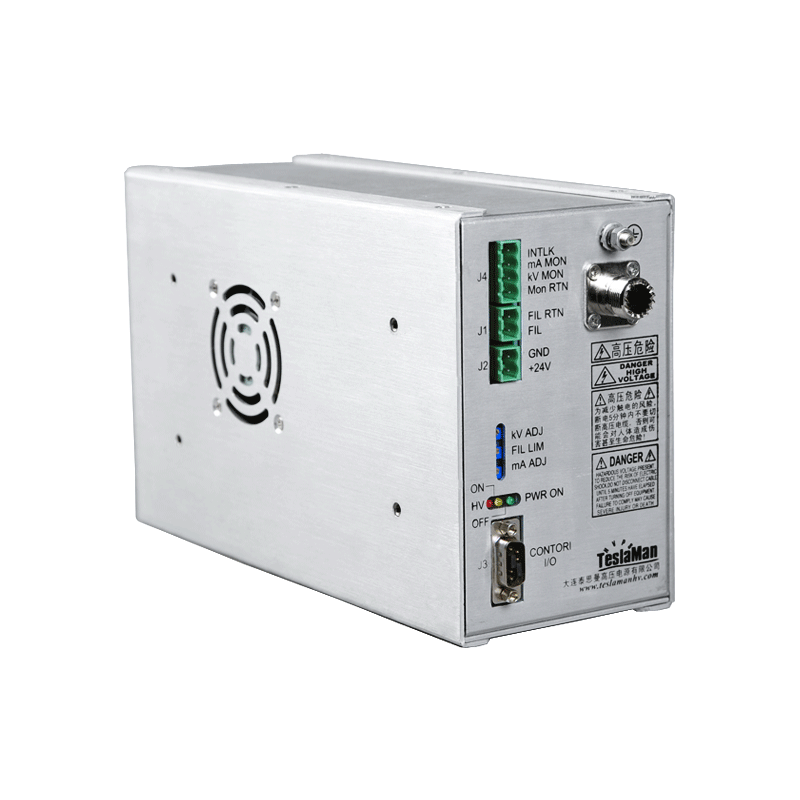Technological Advances of High Voltage Power Supplies in Wireless Charging Systems
Abstract
This paper thoroughly explores the key technological advances of high voltage power supplies in wireless charging systems and their application value. As wireless charging technology evolves toward high-power and high-efficiency solutions, high voltage power supplies, as core components for energy conversion, directly affect system charging efficiency and safety. The article systematically analyzes the operational mechanisms of high voltage power supplies in magnetic resonance wireless charging systems, details the latest technological breakthroughs in power density improvement, efficiency optimization, and safety protection, and provides insights into future development trends.
Keywords: high voltage power supply; wireless charging; magnetic resonance; power conversion; efficiency optimization
I. Critical Role of High Voltage Power Supplies in Wireless Charging Systems
Modern wireless charging systems, particularly high-power magnetic resonance charging devices, rely on the energy coupling of high-frequency high-voltage electric fields. High voltage power supplies perform three core functions in this process:
1. Boosting input power to required high voltage levels (typically 1-10kV)
2. Generating high-frequency AC signals (operating frequency range 85kHz-6.78MHz)
3. Enabling precise power control and regulation
Compared with traditional low-voltage solutions, high voltage power supplies provide three significant advantages:
3-5 times increase in transmission distance
20-30% improvement in energy transfer efficiency
Substantially enhanced spatial freedom
II. Major Technological Advances
2.1 Power Density Enhancement Technologies
New-generation high voltage power supplies have achieved breakthrough progress in power density:
Adoption of GaN power devices enabling MHz-level switching frequencies
3D integrated magnetic component design reducing volume by 40%
Distributed thermal management structures achieving 5W/cm³ power density
Digital control IC integration reducing PCB area by 30%
2.2 Efficiency Optimization Solutions
Addressing efficiency bottlenecks in wireless charging systems, high voltage power supplies have implemented multiple innovations:
1. Resonant topology optimization:
Zero-voltage switching (ZVS) technology
Zero-current switching (ZCS) technology
Adaptive resonant frequency tracking
2. Loss control technologies:
Low-loss magnetic material applications
Ultra-low on-resistance MOSFETs
Intelligent dead-time control
Test data shows optimized systems can achieve overall efficiency exceeding 92%.
2.3 Safety Protection Technologies
Significant progress has been made in high-voltage environment safety:
Multi-layer insulation detection systems
Real-time arc monitoring circuits
Optimized electromagnetic shielding design
Fault auto-cutoff protection mechanisms
III. Typical Application Scenarios
3.1 Electric Vehicle Wireless Charging
High voltage power supply technology enables:
Transmission power exceeding 11kW
Charging efficiency over 90%
Air gap distance of 15-25cm
Automatic alignment tolerance of ±10cm
3.2 Industrial Equipment Wireless Power
Industrial applications feature:
IP68 waterproof and dustproof rating
Simultaneous multi-device power supply
Metal interference resistance
Harsh environment adaptability
3.3 Medical Device Wireless Charging
Medical-grade solutions offer:
Ultra-low electromagnetic radiation
Biocompatible design
Sterile environment compatibility
Emergency backup modes
IV. Technical Challenges
1. Electromagnetic compatibility issues:
High-frequency harmonic suppression
Near-field radiation control
Inter-system interference elimination
2. Thermal management difficulties:
Heat dissipation in compact spaces
High-temperature stability
Long-term reliability
3. Cost control pressures:
High-performance material costs
Manufacturing process complexity
Testing and certification expenses
V. Future Development Trends
1. Intelligent development:
AI-driven efficiency optimization
Adaptive load identification
Predictive maintenance systems
2. Standardization advancement:
Unified communication protocols
Safety regulation establishment
Performance evaluation systems
3. New material applications:
Wide-bandgap semiconductors
Novel magnetic materials
High-temperature superconductors
VI. Conclusion
Advances in high voltage power supply technology have provided critical support for wireless charging system development. Through continuous innovation in power density improvement, efficiency optimization, and safety protection, modern high voltage power supplies can meet the requirements of wireless charging systems for high power, high efficiency, and enhanced safety. With future applications of intelligent technologies and new materials, high voltage power supplies will play an even more important role in wireless charging, driving the technology toward longer distances, higher efficiency, and broader application scenarios.




















